Search for the best security camera recommendations, including many of our own picks, and you’ll see a theme: They need a Wi-Fi connection to work.
That’s not always a problem. Everyone has a wireless network and security cams are usually well within range. The need for Wi-Fi can create serious annoyances. Outdoor security cameras may be too far away for a reliable Wi-Fi connection, even if you do break down and upgrade your router. Sometimes, you really want a cam in a place that doesn’t have Wi-Fi at all, like a construction site, camping zone or shed at the edge of your property.
Then there’s data privacy. If you’re wary of sharing so much information (including home videos) through an online connection, your fears aren’t entirely unfounded. Big brands like Amazon, Wyze, ADT, Eufy and Philips have seen data breaches and vulnerability issues in the past. Some have recovered more gracefully than others, and internet security remains an ongoing concern for home-havers. Don’t forget legal methods of accessing your security camera data, like the nebulous world of police requests that bypass owners entirely.
All that considered, it’s no surprise some people prefer security cameras that don’t use or rely on Wi-Fi at all. Fortunately, plenty of options still exist. If you’re part of the Wi-Fi-free crowd, here are the camera solutions ready to take the job.
Option 1: Use an LTE/cellular security camera
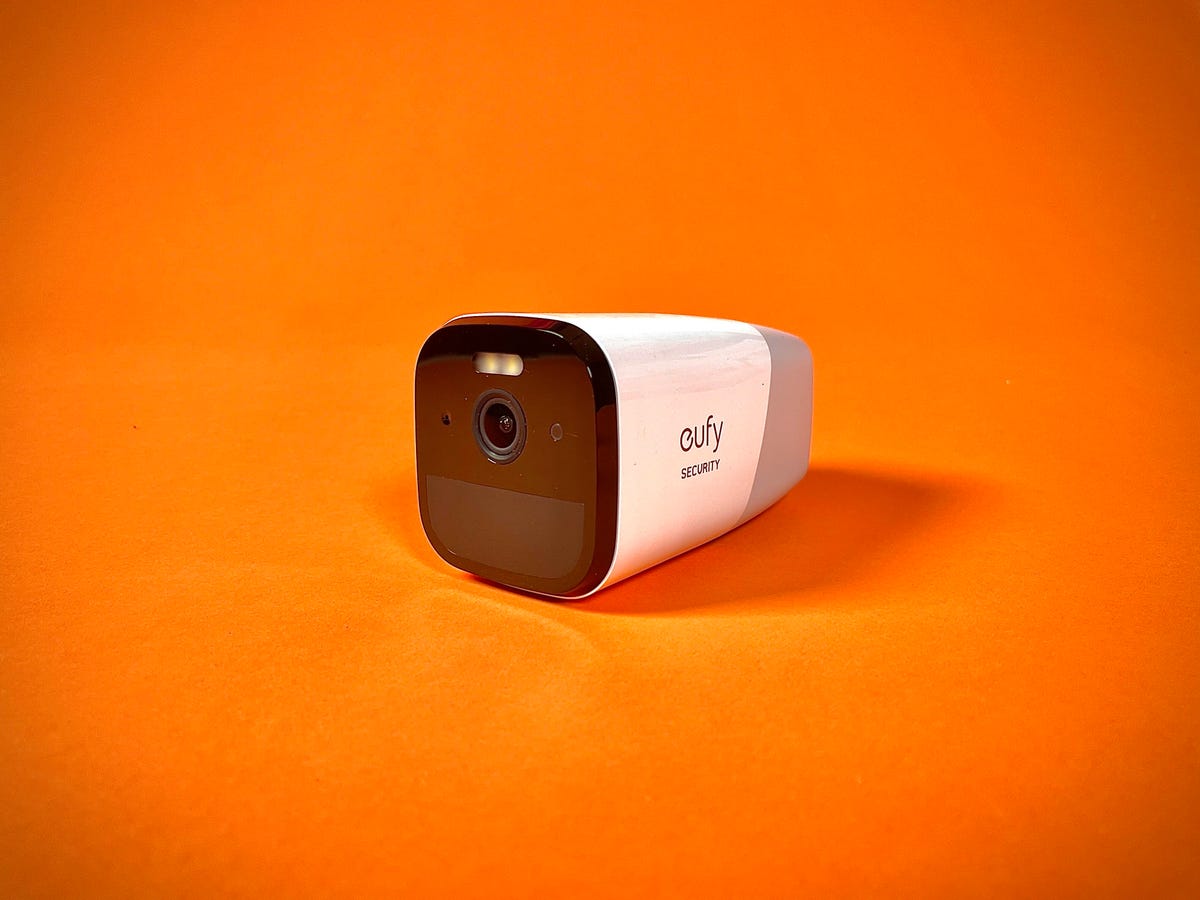
If your surveillance is beyond the bounds of Wi-Fi, an LTE camera is a common solution. These use a cellular data connection like smartphones do, typically 4G although 5G is around the corner for these cams. Since the spread of cell towers is so complete, this allows the camera to find a signal and supports app operation and live video viewing everywhere but the most rural of places.
Many cameras like these tap into existing wireless plans from providers like T-Mobile and Verizon, so they aren’t difficult to get working. On the other hand, you may still need to pay a subscription plan to unlock cloud storage, and using too much data could lead to extra fees or data throttling, depending on your plan. Even without a plan, you’ll need to invest in ongoing pre-paid SIM cards to keep the camera operational, so it’s a little like having a subscription.
Two of our favorite LTE cams are the Arlo Go 2 ($250) and the Eufy 4G Starlight ($150). The Reolink Go is also a popular choice for more adventurous security camming.
Option 2: Install a PoE (Power over Ethernet) camera
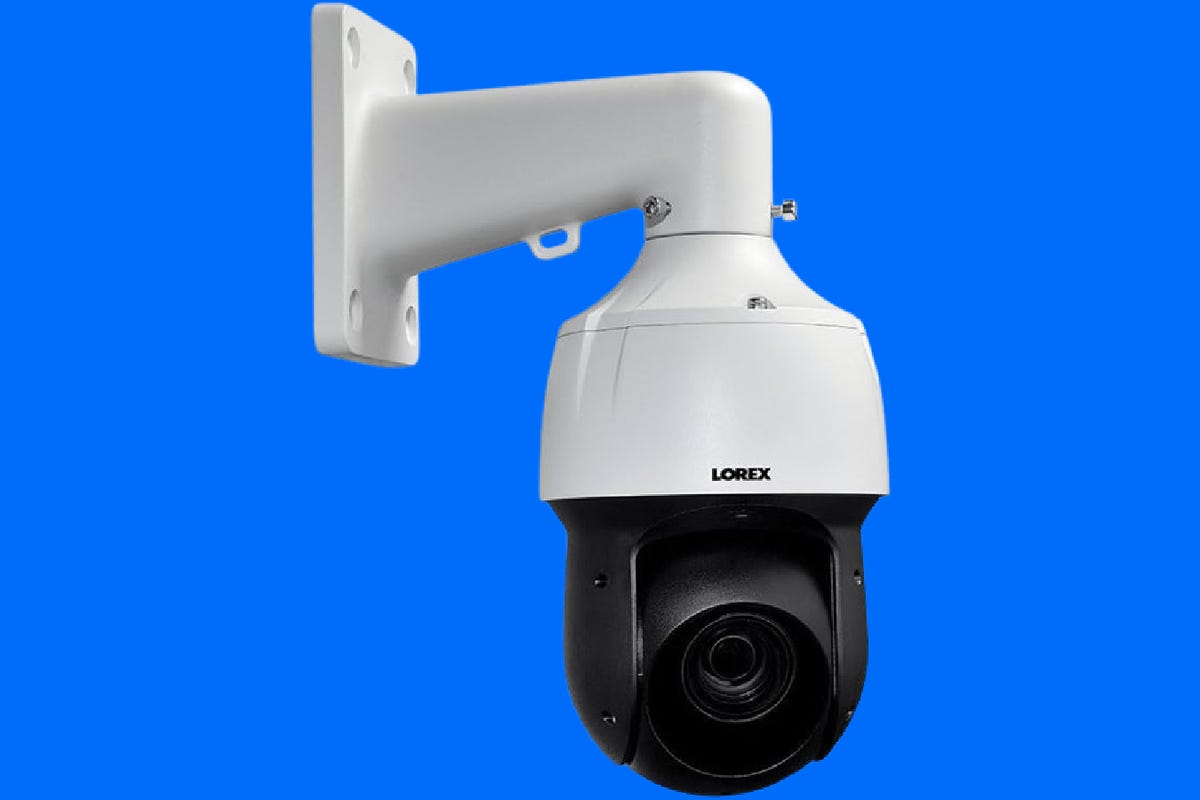
A PoE camera runs an Ethernet cable from a gateway directly to the camera, providing it with both power and a stable internet connection that doesn’t rely on any wireless signal. PoE cameras take a lot of extra work to install (and you’ll want to find at least Cat6, outdoor-rated Ethernet cable) and sometimes require the help of an electrician. Once they’re installed, you won’t have to worry about Wi-Fi connections at all.
These cams make a good choice for large homes where outdoor cameras can’t get a reliable Wi-Fi connection, as well as small businesses that may want cameras to watch their parking lots or outdoor seating. Like LTE cams, they may need subscriptions for important features, and it’s effective for improving online privacy — the data still ends up in the same spots. Business owners should take a look at this outdoor camera pick, the Lorex Fusion 2K IP Cam ($400), while those looking for something more affordable may be interested in this currently under-$100 Swann Home Security model.
Option 3: Find a security camera with local storage
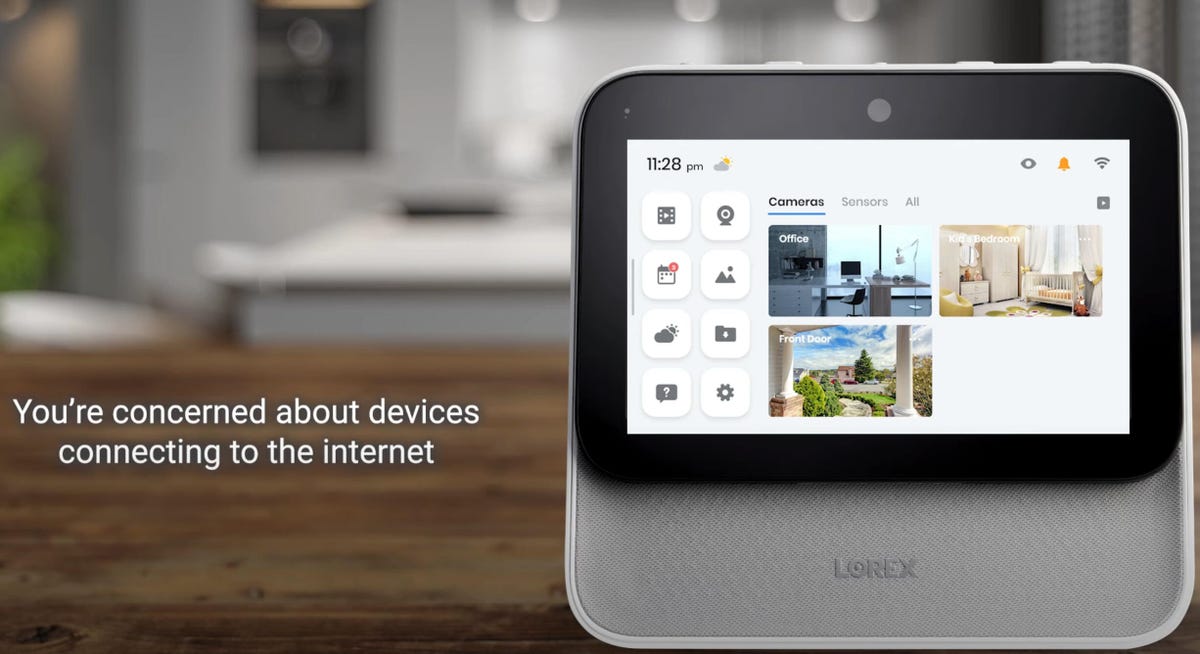
Using a camera with local storage is another way to skirt the need for strong Wi-Fi.
Our first two solutions still connect you to the internet, but that may not be your intention at all. If you’d like to avoid internet connections altogether for safety, privacy and reliance on nearby hardware only, then you need to find a local storage solution.
Many security cameras offer local storage in the form of microSD cards, which you can purchase to hold large amounts of data (over 1TB if you don’t mind spending). The problem is that most of these cams, including many models on our lists, offer local storage alongside Wi-Fi, and you can’t really use the camera without the internet.
One exception is the Lorex brand, which offers home security systems that use microSD local storage and also support an Offline Mode to stay entirely internet-free. This won’t work with single Lorex cams set up with the app, you’ll need to adopt a full Lorex Smart Home Security Center. You’ll also lose features like remote viewing, automatic updates and weather updates, but you’ll have a serviceable home security camera solution with no internet involved — which isn’t easy to find these days.
Another local-only choice could be trail cams offered by brands like Wosoda, but these camouflaged cameras are more suited to actual trails, although you can recruit them for home security if necessary.
Option 4: Use a traditional DVR/DVR security system
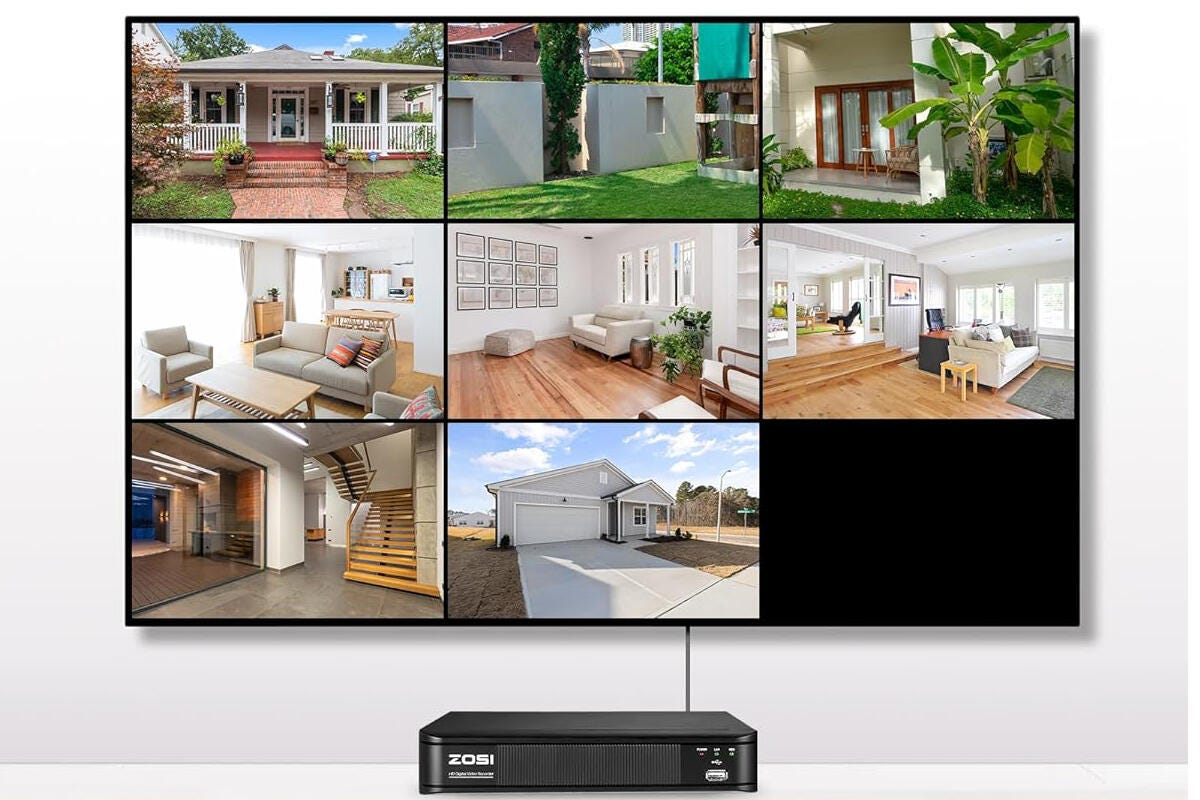
If you want zero internet connections, you’ll have to watch for a DVR or Digital Video Recorder system that doesn’t need to be online.
More traditional security systems provide a bevy of cameras and a recorder device loaded with storage and ready-to-receive video feeds. It’s a little cumbersome, but keeps you clear of Wi-Fi and can support many cameras at once for large spaces or multiple angles.
There’s one important catch: If you want to avoid wireless networks but still use the internet, look for NVR or Network Video Record systems. This can get very expensive for the average home like this Reolink system currently selling for $770, but you’ll get PoE connections for stable internet and a video recording hub.
If you want zero internet connections, period, you’ll have to watch for a DVR or Digital Video Recorder system that doesn’t need to be online. This Annnke 8-cam system ($260) is internet-free if you don’t use the app for remote viewing, while this Zosi 4-cam/8-channel system is available for around $100 with local recording only, although you’ll need to buy a DVR-compatible hard drive first. Always look at the details with these recorders and expect a bit of tweaking to get the exact zero-internet setup that you want.
What about connecting your security camera to a hotspot on a phone or laptop?
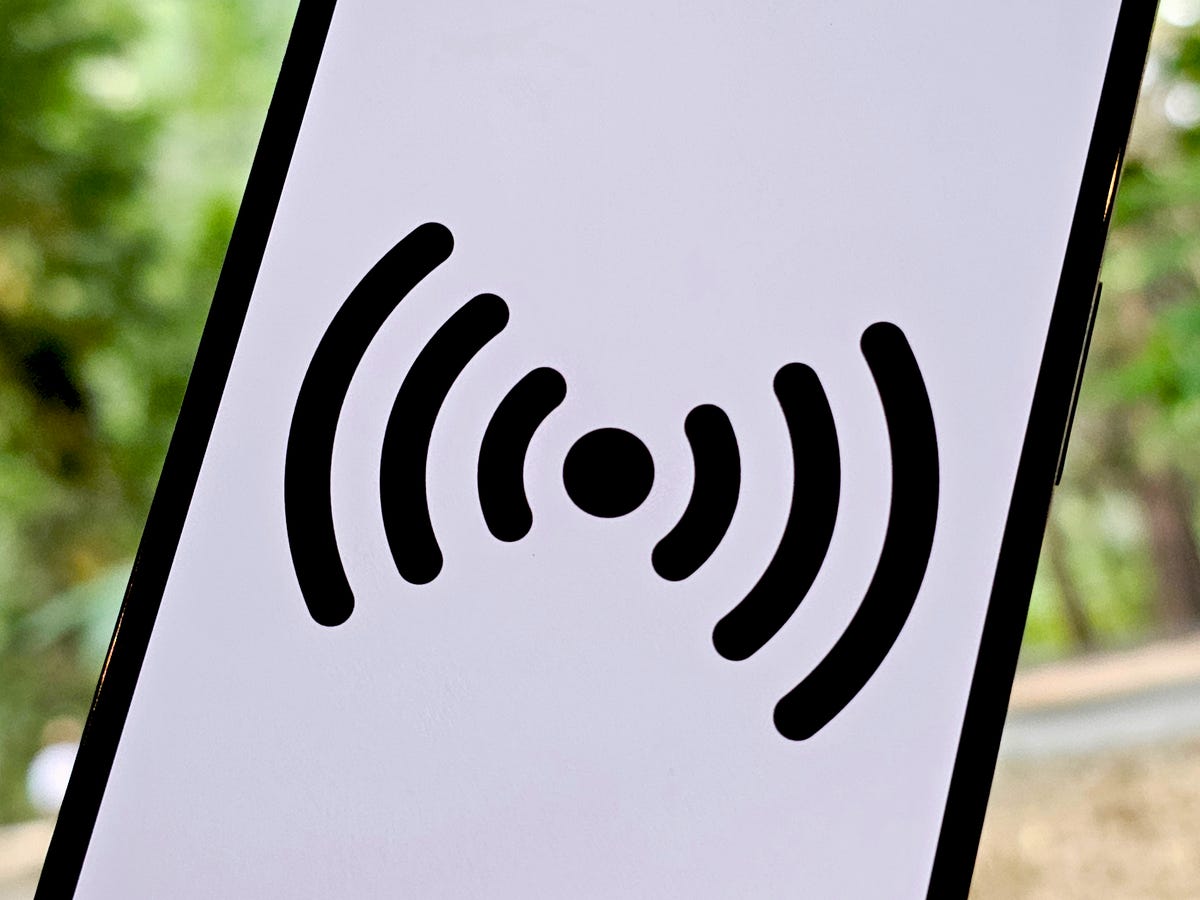
A hotspot can help in a pinch, but it’s not a sustainable fix in the absence of Wi-Fi.
Connecting to a hotspot created on your phone or laptop is an option if you can’t rely on a Wi-Fi network via a router, but we don’t recommend it for a few reasons.
First, you’ll have to go through the connection process for each new hotspot, which can be a headache and may require you to wipe old settings on your security camera. Second, those hotspots can quickly drain battery life, even if you’re only using a security camera for an evening of camping. That creates additional complications when you need to save your battery for photos, video or all those shows you pre-loaded. Third, hotspots are short-range, so you would need to keep a phone or computer close to the security camera all the time, which isn’t usually feasible. That’s why this method didn’t make our list of solutions.
Looking for more alternative home security setups? Remember, with the right app you can use an old smartphone as a security camera to save money. You may want to take a look at our guide on where you should never install home security cameras.

